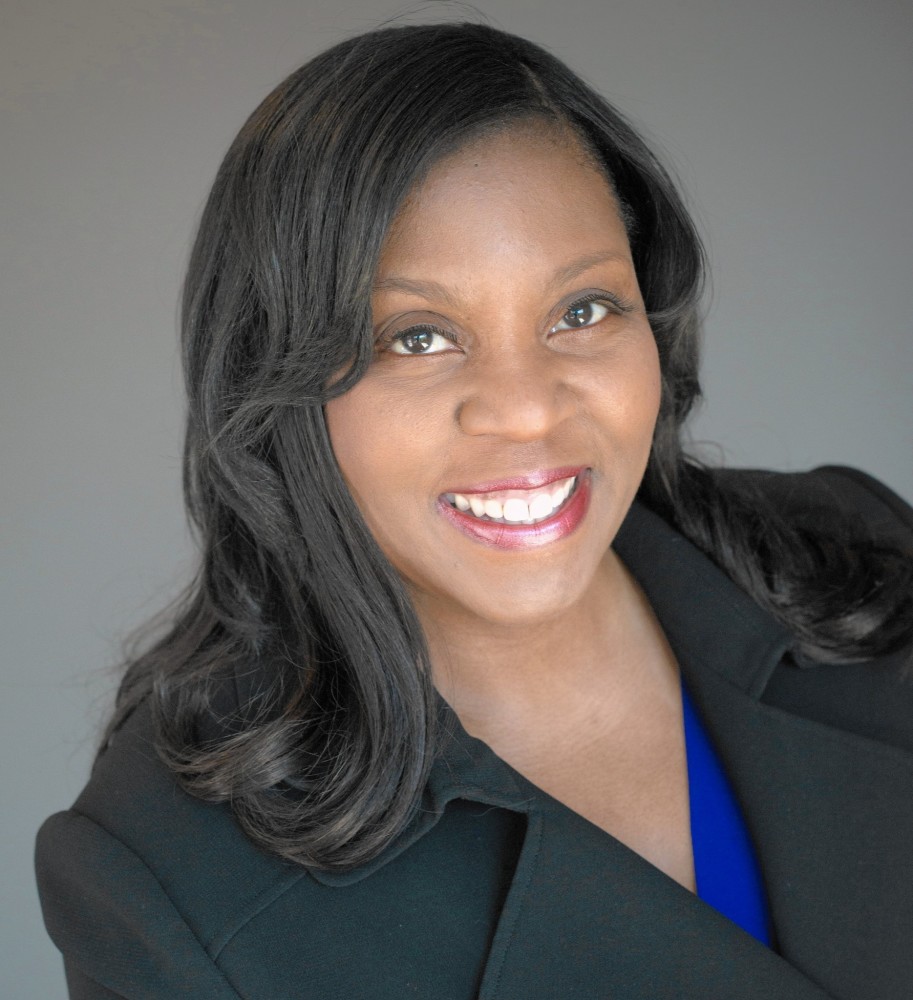OPINION
By Robin Abcarian
Los Angeles Times.
This is a story about the new patent office that opened here on Thursday. But to understand why this is momentous, you first need to hear Michelle Fisher’s story.
Fisher, founder and chief executive of Blaze Mobile, is a 40-something tech entrepreneur, the kind of woman who makes Silicon Valley proud of itself.
She grew up in East San Jose, and was chosen to be in a special after-school program for kids who showed promise in science, engineering and math. She earned degrees from Berkeley and Stanford, and spent nearly a decade at Microsoft, where she became one of the company’s many millionaires, thanks to six stock splits during her tenure.
In Redmond, Wash., at a pitch meeting, she was once almost laughed out of a room by Microsoft executives after telling them her proposed product would generate $100 million over five years. “They really gave me a hard time,” she told me. “They said, ‘Look, Michelle, don’t come back till you have a billion-dollar idea.'”
In 2005, a year after Fisher left Microsoft, she was fumbling for a loyalty card at Montclair Beauty Center in the Oakland Hills when she came up with what may be her billion-dollar idea: Wouldn’t it be great to have this kind of stuff on your phone? And for your phone to wirelessly communicate that information to a store’s computers?
This was two years before the first iPhone was released, before there was ever an app store. Fisher was undaunted. It was an article of faith for her that someone would eventually create the hardware for her software idea.
“I told my team, don’t worry that the Motorola Razr or the Blackberry Pearl has limited computing capacity because there will come a day when we can run a really rich application on your mobile device,” she said. “This concept of being able to pay with your cellphone in hand, store receipts, loyalty cards, coupons, credit cards — it was a non-issue in my mind.”
Fisher recognized that she could leverage Near Field Communication — a then-new wireless technology that allows two devices to exchange data — to produce her product.
And that’s when her patent nightmare began.
Her application sat for 18 months before it was touched — typical because of the huge backlog. When examiners at the U.S. Patent and Trademark Office outside Washington finally looked at her proposals, they said the technology already existed.
No, it doesn’t, she said. Yes, it does, they replied. They rejected her applications six times. Her competitors were gaining ground, and she had no protection. “It’s such a risky time for entrepreneurs,” Fisher said. “You are out there trying to get your product to market while your patents are pending. People can clone your stuff.”
Finally, a patent attorney told her to get on a plane and go talk to examiners in person, not always a realistic or affordable option for a small start-up. “NFC was so new,” she said, “they didn’t know how it worked.”
So, armed with her laptop, she sat for hours and explained why she deserved her patents. She remembers exactly the moment they got it. “They started smiling,” she said, “and finally connecting the dots.” Five months later, she received her first of several patents.
“It’s imperative for inventors to meet with the patent office in person when you have new technologies like what I was dealing with,” Fisher said. “Ten years ago, most people had never heard of NFC. They thought I was talking about the National Football Conference, right?”
Her competitors are Apple Pay, Samsung Pay and Android Pay. “We’re obviously the smaller player in the ecosystem from a brand perspective,” she said, “but we have the richest patent portfolio.”
Thursday’s opening ceremony, in the rotunda of San Jose City Hall, was far more entertaining than this non-nerd had expected.
It was a little bit of a history lesson: Democratic U.S. Rep. Anna Eshoo of Palo Alto read from the Constitutional clause that created patent law, noting that Thomas Jefferson stored the first patents in a shoe box under his bed.
It was a little bit droll: Democratic U.S. Rep. Zoe Lofgren of San Jose noted that Silicon Valley had to fight for one of the four new satellite patent offices the federal government agreed in 2011 to open. “I was surprised that the first office went to Detroit,” she said. “Go figure.”
It was bipartisan, and bi-California: Republican U.S. Rep. Darrell Issa of San Diego, normally at cross purposes with his Democratic House colleagues, said he was honored to represent “those countless thousands of inventors in Southern California who will keep Southwest Airlines doing very well.”
Issa, a car-alarm magnate who holds 37 patents, said he remembered commuting from San Diego to the Virginia patent office in the ’80s and ’90s. “I became used to the fact that I killed a whole week going back and forth for that one-hour session,” he said.
“Your inventor’s time is one of your most critical assets,” said Michelle Lee, a Silicon Valley native and former Google executive who is director of the U.S. Patent and Trademark Office. With 1 of every 8 American patent applications coming from the big brains of Silicon Valley, she said, it only makes sense to bring the examiners to the inventors.
Schlepping to Virginia, said Carl Guardino, chief executive of the Silicon Valley Leadership Group, “is a tremendous pain in an entrepreneur’s assets.” He vowed to replace “real pain” with “champagne,” then noisily popped the cork on a bottle of bubbly.
Officials on stage with him looked startled, then smiled.














































































































































































































































































































































































